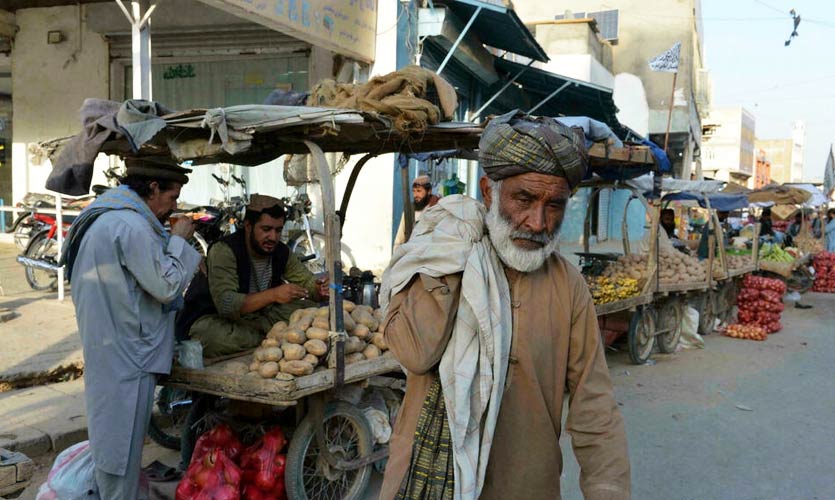Citizens in Afghanistan are not just fighting for their socio-economic and political rights but also bare necessities such as food. A senior United Nations official has warned that millions of Afghans including children and women could die of extreme food shortage and starvation unless urgent action is taken to keep Afghanistan from collapsing and has called for frozen funds to be freed for humanitarian efforts.
World Food Programme (WFP) Executive Director David Beasley, in his address to the media, said, “More than half the population – about 22.8 million people – face acute food insecurity, while 3.2 million children under five could suffer acute malnutrition… Afghanistan is now among the world’s worst humanitarian crises, if not the worst… We are on a countdown to catastrophe.”
Since the fall of the Western backed government in Kabul and the sudden takeover of the Taliban on August 15, 2021, the economic crisis has only accelerated with a speed that could potentially break the Afghan society. Humanitarian aid officials have been warning that a crippling economic crisis amid the sudden takeover of power by the Taliban has acted as the main catalyst in fuelling the food shortage.
“This winter, millions of Afghans will be forced to choose between migration and starvation unless we can step up our life-saving assistance, and unless the economy can be resuscitated,” said Beasley in his statement.
According to the WFP, before the fall of the Kabul government, the country was already battling severe droughts along with the COVID-19 pandemic. The rise of the Taliban has only aggravated the situation.
Highlighting the gravity of the situation, WFP officials have said that the crisis in Afghanistan is already much bigger in scale than the shortages faced in war-torn Yemen or in Syria, and worse than any food insecurity emergency apart from the Democratic Republic of the Congo. As per the statements issued by the WFP and the UN Food and Agriculture Organization (FAO), one in two Afghans faces phase 3 “crisis” or phase 4 (which is one step below a famine) “emergency” food shortages. Moreover, climate change has made Afghanistan’s droughts more frequent and intense.
Currently governed by the Taliban, Afghanistan continues to face a range of international sanctions, along with a spike in attacks by other extremist forces such as Islamic State-Khorasan Province (IS-KP).
Read more: Clashes Between The Taliban And IS-KP Deepen Afghanistan Crisis
The Taliban regime has announced a plan to pay their 40,000 laborers in grain in the Kabul region, and employ them to dig holes to trap the winter snow and provide moisture for barren hills.
Taliban spokesman Zabihullah Mujahid, when asked about the humanitarian crisis told AFP, “We are trying to get our people out of the current situation and help them. Global humanitarian aid has also arrived… We are trying to arrange and distribute, including food and clothing. All worries will be resolved… Regarding the drought, we hope to have a wet winter. But if the drought continues we will take appropriate measures in the spring.”
In a bid to prevent a humanitarian crisis, the FAO is seeking $11.4 million in urgent funding and a further $200 million for the 2022 agricultural season. No country has officially recognised the Taliban regime yet and fears of a new refugee outflow from Afghan soil loom large. Although international donors have reportedly pledged hundreds of millions of dollars for aid to the country, they do not want to work with the Taliban directly.










